What problems can blockchain solve in the real world IT field?
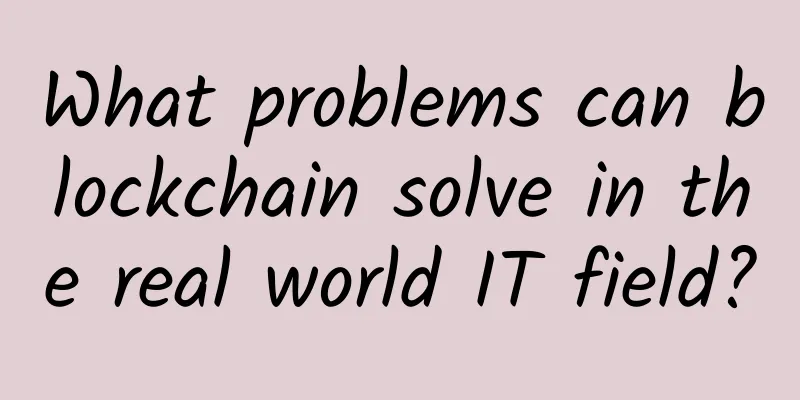
|
The tech world has long embraced high-risk, high-reward ideas, and you often hear talk of how a certain technology will revolutionize the world. Blockchain could usher in major changes, including combating election fraud and rebuilding the world's financial system. The future of blockchain seems bright, but I don't hear people discussing its more practical applications in IT. How will blockchain make IT departments more efficient and secure? To explore the practical applications of blockchain, we first need to understand why it is so revolutionary. The idea of distributed data is not new, and technologies such as BitTorrent have been around for years. Blockchain expands the concept of distributed data to include digital transactions and ledgers.
Typically, transactions are owned by a single party and can only be shared with trusted third parties, which is how traditional systems such as banks work. For example, if you have a deposit at Bank A and want to use it to pay Company B, Bank A will tell Company B that you have the funds to pay its bill and transfer the funds to Company B's bank. What makes blockchain different is that it distributes transaction records to internet devices running blockchain software. Trust is created by verifying blocks of data linked to previous blocks via multiple devices. If any previous block is changed and less than 51% of the chain verifies it, the change will not go through. It protects data and processes through trust generated using mathematics and cryptographic keys. Of course, this is just a general introduction and leaves out many details. Now that we have a new way to verify and track digital transactions, how can we use it to advance IT? Problems that are suitable for blockchain should have the following characteristics:
Many of the challenges IT faces today share these characteristics. Let’s look at three of them: Device Management Currently, devices are managed through enterprise systems that verify ownership through software systems on the operating system (such as AirWatch) or hardware signatures built into the firmware at production time (such as Apple DEP). If a device is lost or stolen, a bad actor only needs to bypass the single point of authentication to take control of the device. Blockchain technology can verify ownership by using the power of a distributed network. If a device is stolen, an unauthorized party will be rejected by the distributed network when trying to log in. Only 51% of the network will authenticate the operation before the device can be used. The key to distributed device management is to connect to a specific network identity. Curious about how we verify digital identities? Let's take a look at this question. Identity Management Current identity management systems store personal information and credentials in one place and share them with trusted third parties, much like device management. I can use my Gmail account to log into multiple other systems that I authorize, but my permissions are still stored on Google's servers. We can use blockchain to store permissions on a distributed network and only allow third-party systems to access them through block transactions. If I quit my job at Company X and go to work for Company Y, I will ask the network to stop sharing my name, address, and SSN with Company X and start sharing this information with Company Y. I can also stop Company Y from seeing my medical history. I can fully control my ownership. This ownership does not belong to a single provider and will not be shared with others without my explicit permission. This way, we essentially eliminate the need for IT to manage user credentials. Employees will have full control over which specific systems can access what personal data. The need for Active Directory, SSO, multi-factor authentication, and specific application security can be completely eliminated. license One of the most cumbersome and least rewarding challenges IT faces is managing licenses. License keys are the current standard way to track purchases, but are susceptible to loss or theft. If a "license" is simply access verification via a distributed network, then there is no need for an actual license key or file. The vendor's blockchain will determine whether a user can access the software. The days of license audits, software assurance, and license fraud are gone. If a person has verified access to software via the blockchain, then they can use the software. If that transaction is complete and their access is revoked, then they lose access. Simple as that. There is still a lot of work to do to make these systems viable. A key step is to build blockchain technology directly into all operating systems. Assuming a two-year adoption cycle, we will probably eliminate the need to rely on IT to manage end users and devices in 5-10 years. |
<<: Protecting corporate intranet data security in just seven steps
>>: How will HTTP and DNS protocols evolve in the 5G era?
Recommend
10gbiz: 50% off, starting from $3.44/month, Hong Kong CN2 GIA/Los Angeles CN2 GIA/AS9929/large hard disk VPS optional
10gbiz is offering a 50% discount on all VPS host...
How small businesses will benefit from 5G
Before enough new devices enter the mainstream ma...
The 2021 work conference of the three major operators: clear goals and firm progress
2020 is destined to be an extraordinary year beca...
5G standardization work encounters obstacles, and the launch of standards may be delayed
The high-speed 3GPP 5G standard work may encounte...
Review of the computing power network in 2021: The computing power is surging, and the power is growing together
The sun and the moon are moving forward, the rhyt...
The impact of blockchain technology on the future world and data centers
As organizations gain a deeper understanding of t...
Software AG: 50 million euros invested in HELIX plan, doubling the number of employees in China in the next two years
[51CTO.com original article] Recently, the enterp...
How do operators’ mountaineering teams climb “5G+Industrial Internet”?
Industry is the foundation of a country and the m...
Last day! Tencent Cloud: 1C2G5M lightweight server 48 yuan/year, 2C4G8M three years only 198 yuan, COM domain name first year 1 yuan
Tencent Cloud's Double Eleven event has offic...
Understand the difference between disaster recovery and backup in data centers in three minutes
1. Introduction Sudden failures in data center op...
ReliableSite: 1Gbps unlimited dedicated server in New York/Miami/Los Angeles starting from $29/month
ReliableSite is a business that specializes in pr...
How to deal with the nightmare of network outage
Reducing network outages is becoming an increasin...
Internet chat, what have you learned?
I believe there is no need to elaborate on what t...
OlinkCloud: $4/month KVM-1GB/10G SSD/500GB/Germany
Olink.Cloud is said to be a site under the hostin...
Moack.co.kr: DUAL E5-2630L + 30M bandwidth random memory/hard disk machine monthly payment of 39 US dollars
This month, Moack.co.kr launched a specially conf...
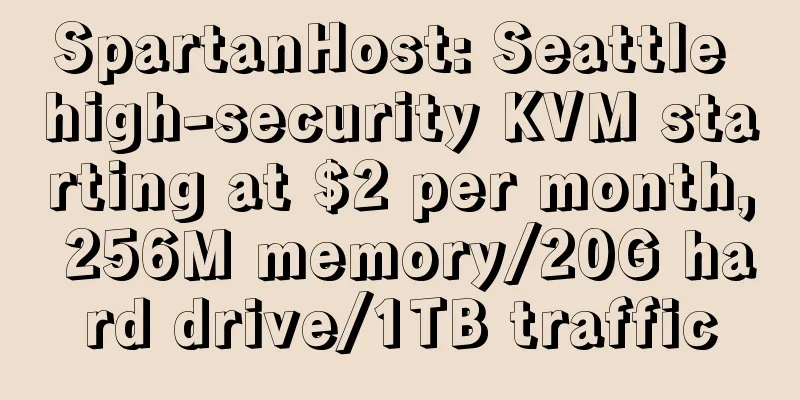
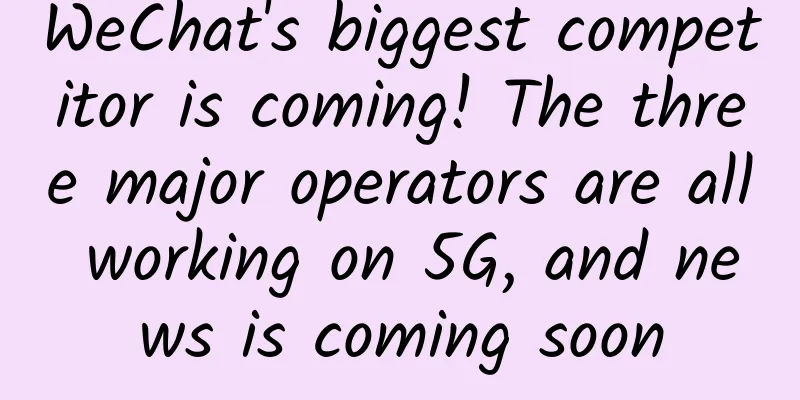
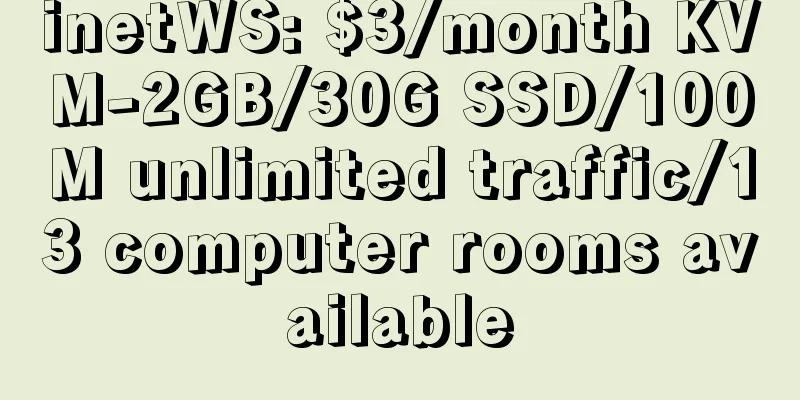
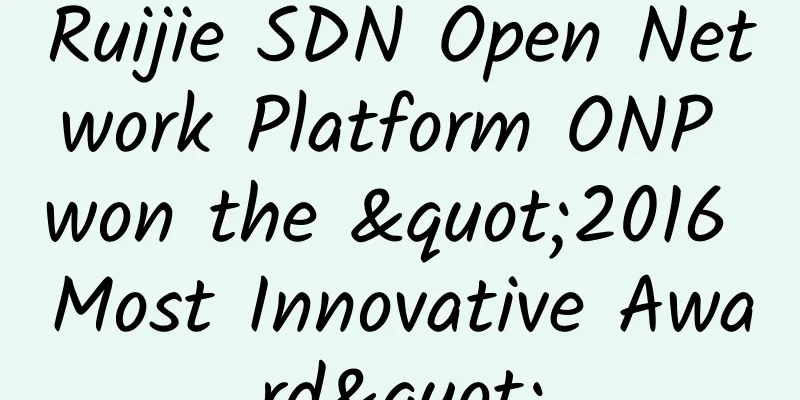
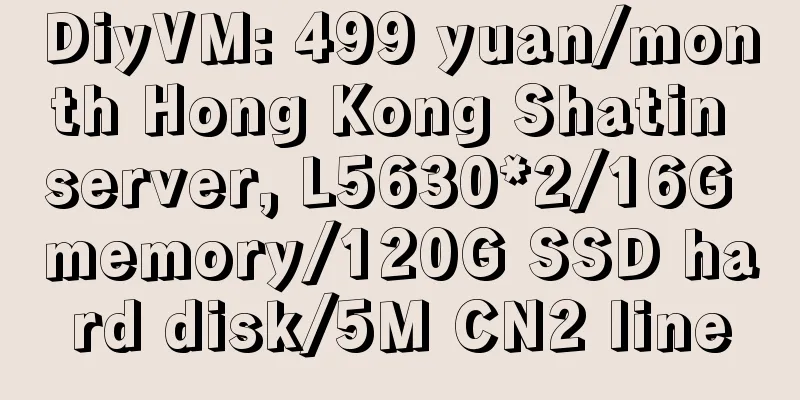

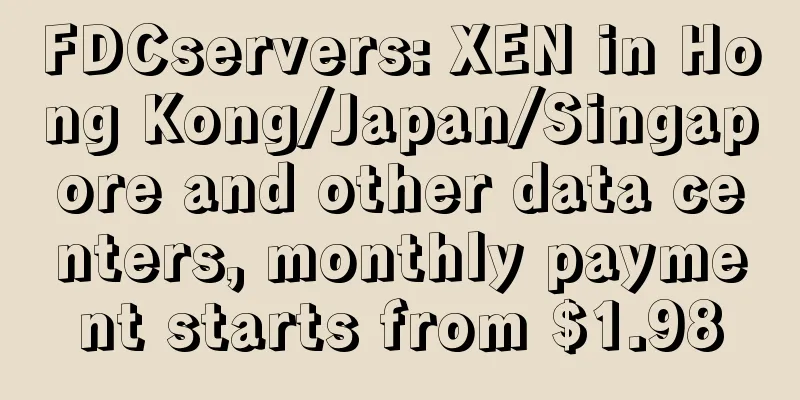
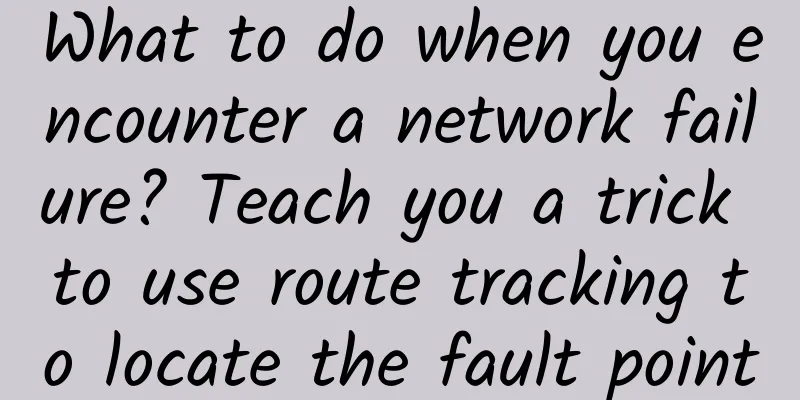
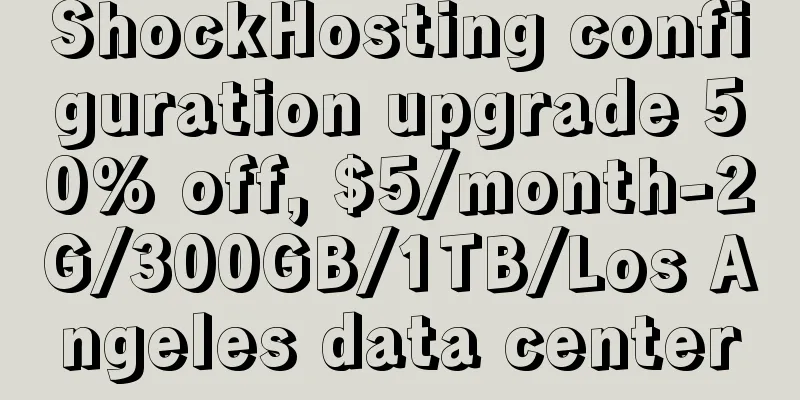
![[11.11] UFOVPS 30% off, top up 200 yuan and get 20 yuan, Japan/Hong Kong CN2 GIA/US high defense optional](/upload/images/67cabd2788c2b.webp)